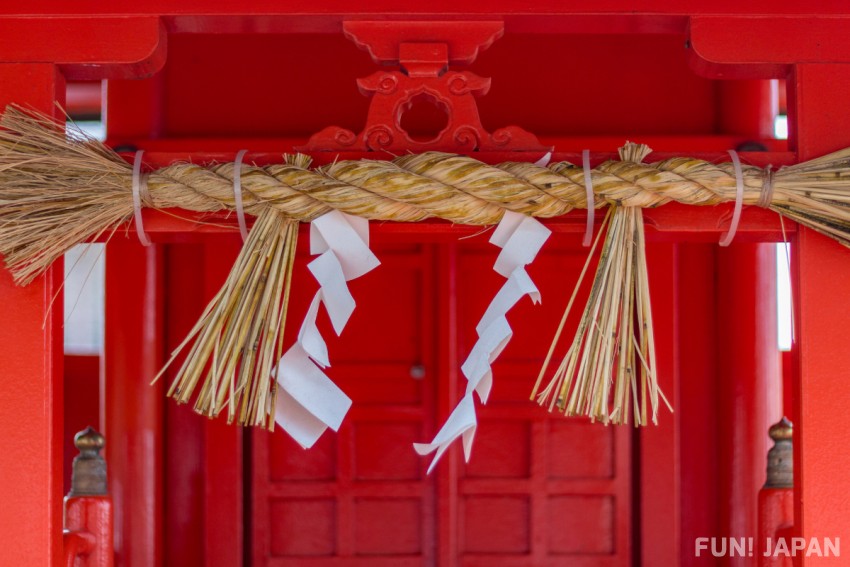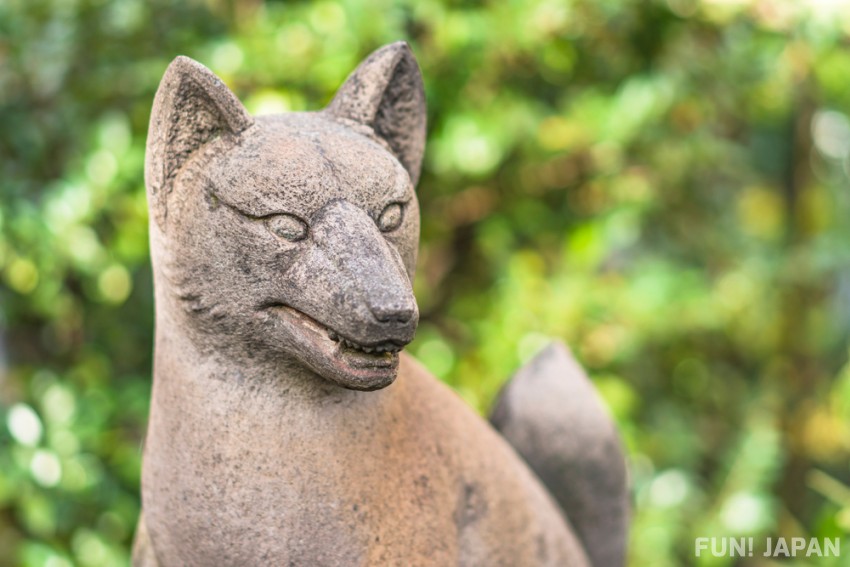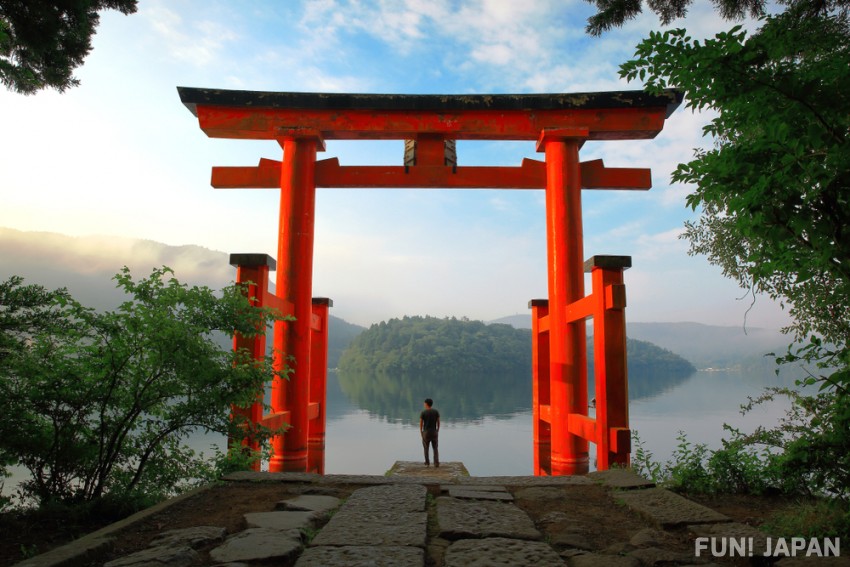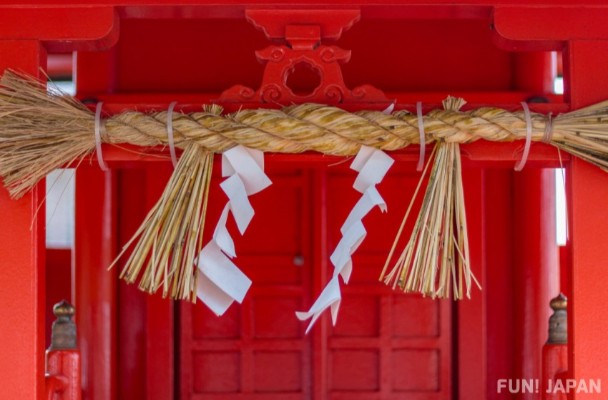
Shinto is a Japanese folk religion that has existed since ancient times, without founders or doctrine, and is based around the belief in and worship of the gods that are found in the multitude of shrines throughout Japan. Here, we will introduce the uniquely Japanese Shinto, the way of thinking, the work of the priests who serve the gods at the shrine, and the role of the shrine's torii gates.
In Shinto, Nature, Objects and People can be Gods

In Japan, there is an idea called the “eight million gods”, in which gods dwell in various things that exist in the world, including gods that appear in mythology, people, animals, and even rocks. "Eight million" is used to mean that there are so many gods that they are uncountable, like the number.
This tells us that Japanese people have a strong sense of respect and worship for nature. Some examples of gods that exist are mountain gods, such as Mt. Fuji and Mt. Miwa, rice field gods in rural areas throughout Japan, and kitchen and toilet gods. You would be amazed at the multitudes of gods that you don't think of when you visit the shrines in Japan.
The Work of the Priests that Serve at Shinto Shrines

A priest, called either a "Kannushi" or "Shinshoku", is a person serving the gods at a Japanese Shinto shrine. In most cases, the person serving as priest at a shrine has qualifications from the Association of Shinto Shrines. The priest's job is to pray to the gods for things such as cleansing evil influence and sickness, and to perform various rituals at annual events and festivals. In addition, duties include shrine-related office work, maintenance and cleaning within the shrine.
What Kinds of Gods are Enshrined at Shinto Shrines?

There are a variety of gods in the many shrines around Japan. For example, Ise Jingu is dedicated to various gods, including Amaterasu Okami, the god of the sun and the most precious of the Japanese gods. In Izumo Taisha Shrine, there are enshrined gods that appear in mythology, such as the great lord Okuninushi no Kami.
In addition, there are many shrines spread throughout the country, such as Shirohebi Jinja and Inari Jinja, that are dedicated to snakes and foxes, respectively. There are also shrines dedicated to unusual gods, such as Binbougami Shrine, or the “Poverty Shrine”, where you can go to drive the poverty god living inside of you out. This shrine is recommended for those who want to get rid of the "poverty" in their hearts.
The Role of the Torii Gate in Shinto: The Gate that the Gods Pass Through

The role of the torii gates in Shinto shrines is to serve as the boundary that separates the shrine from the outside world. There are gates located both inside and outside the precincts, and this is thought to increase the concentration and focus of the sanctuary as you pass through each subsequent torii gate. Also, when passing through torii, it is a good manners to pay homage to the gods, give a bow, enter, and then give another bow when you leave. And because the center is the path of the gods, it is better to walk to the left and right.

Comments